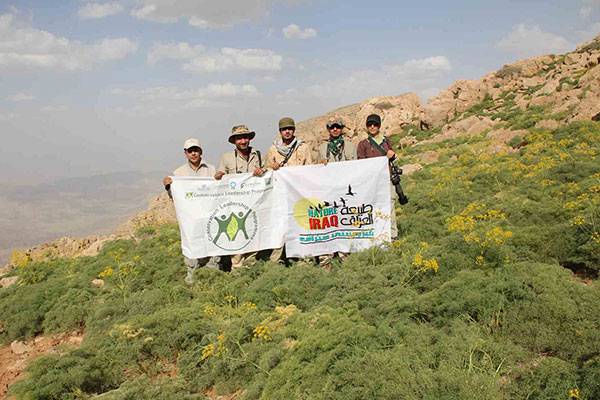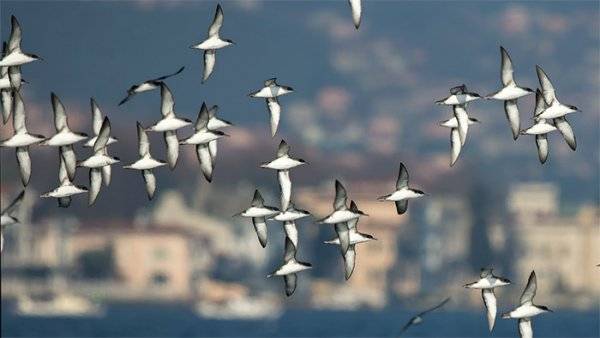Guest blog by Patrick Styles
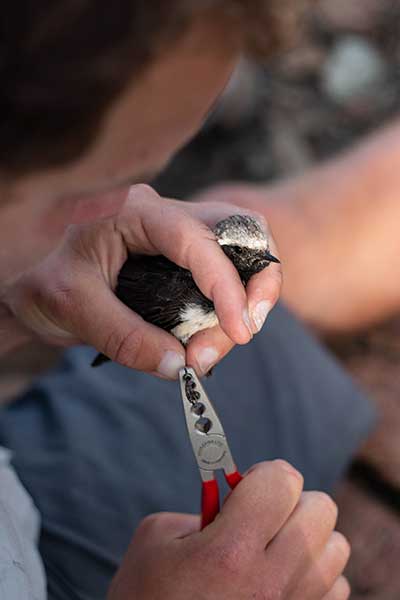
Cyprus wheatear in the Troodos Mountains have been studied since 2009 by Prof. Will Cresswell (University of St Andrews) and a succession of PhD students. The first work was carried out by Dr. Marina Xenophontos who studied the survival and dispersal of Cyprus wheatear. The current project investigates how migration changes with age and is being led by Rob Patchett, who is in the third year of his PhD. Rob is using geolocators on both adult and juvenile birds to study their migration. Alongside Rob’s work I am carrying out a one year master’s project to understand the post-fledging dispersal and survival of juvenile Cyprus wheatear.

The field site is a 130-ha area at Troodos National Forest Park and is surrounded by the ‘‘Artemis Trail’’. This area supports one of the densest breeding Cyprus wheatear populations on the island, with up to c. 70 breeding territories in some years. The Cyprus wheatear is endemic to Cyprus and makes an excellent study species for migration and dispersal because it has a high annual survival rate for a migratory bird, along with high breeding site fidelity for adults and low juvenile dispersal distances. The return rate of colour-ringed adults to Troodos is around 50%. Juveniles have been found to breed in the year after fledging over a scale of 0.5-2 kilometres and to have survival rates that may exceed 35%, although recent work has suggested that both of these measures are annually variable. Consequently measuring space use post-fledging and territory adoption the following year is much more tractable than in many systems, but still represents a challenge.
The post-fledging period is the least well understood of bird’s life. This period is a time of intense selective pressure for juvenile birds, especially migratory birds which has been to shown to influence different areas of population ecology. The fact that the Cyprus wheatear’s population is stable, could be attributable in part to their post-fledging behaviour as it would indicate that there is a large enough juvenile population migrating in the autumn that the losses occurred during migration and on the wintering grounds do not seem to be causing a population decline.
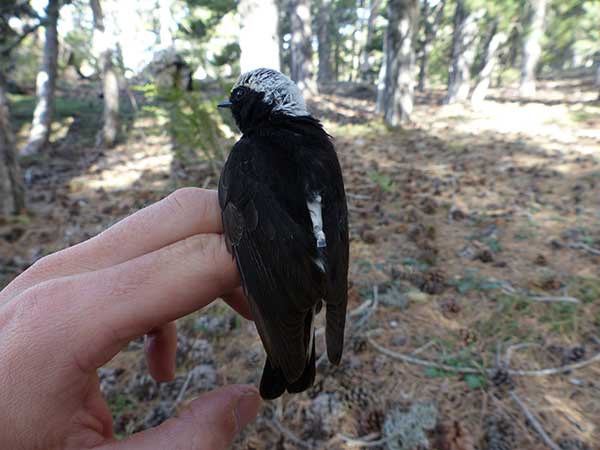
I will be examining post-fledging dispersal by radio tagging and colour ringing a sample of 60 juveniles. These birds will be caught just after they have fledged and then followed for a period of around six weeks The radio tags weigh 0.46g, which is approximately 4% of a juvenile’s body weight, have a battery life of >42 days, and will fall off the bird prior to migration. We predict that as time increases and the juvenile birds become independent from the parents that the distance they move from their natal site will increase. We think that the juvenile birds may be prospecting for a future breeding territory, considering the distance which they have been found from their natal territory in the following year. If this is true then the last location in which I detect a signal from a radio tag is likely be close to the territory that the juvenile breeds in the next year. The use of radio tags will also allow me to accurately monitor juvenile survival rates in the period prior to migration.
We arrived in Cyprus in late March and were greeted by large amounts of snow blanketing the field site, arriving before the majority of the wheatears returned to Cyprus. Our work so far has been finding returned colour-ringed birds, recovering geolocators and nest finding and monitoring. The first chicks from our monitored nests fledged on 31st May, which means that I will be busy for the next few months following the movements of these birds and many others.
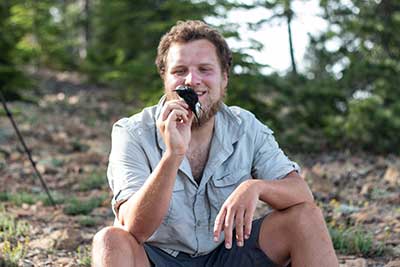
Patrick Styles is a research master’s student at University of St Andrew. He graduated from St Andrews in 2017 with a zoology degree. In between times he was an assistant ranger for Bird Aware Solent and an assistant warden for the RSPB in UK on Oronsay in the Inner Hebrides. He has been a birder and naturalist from a very young age.
Patrick Styles

